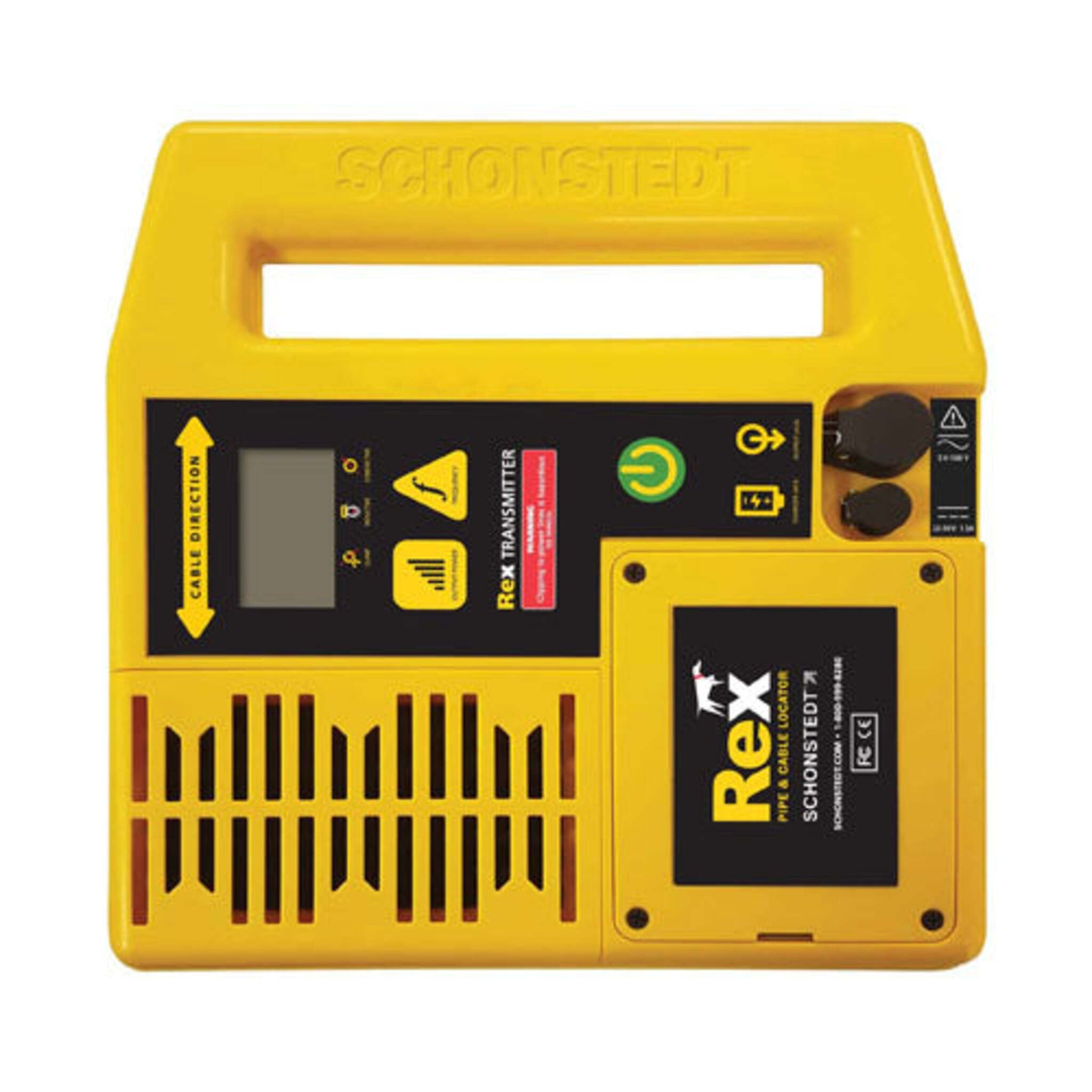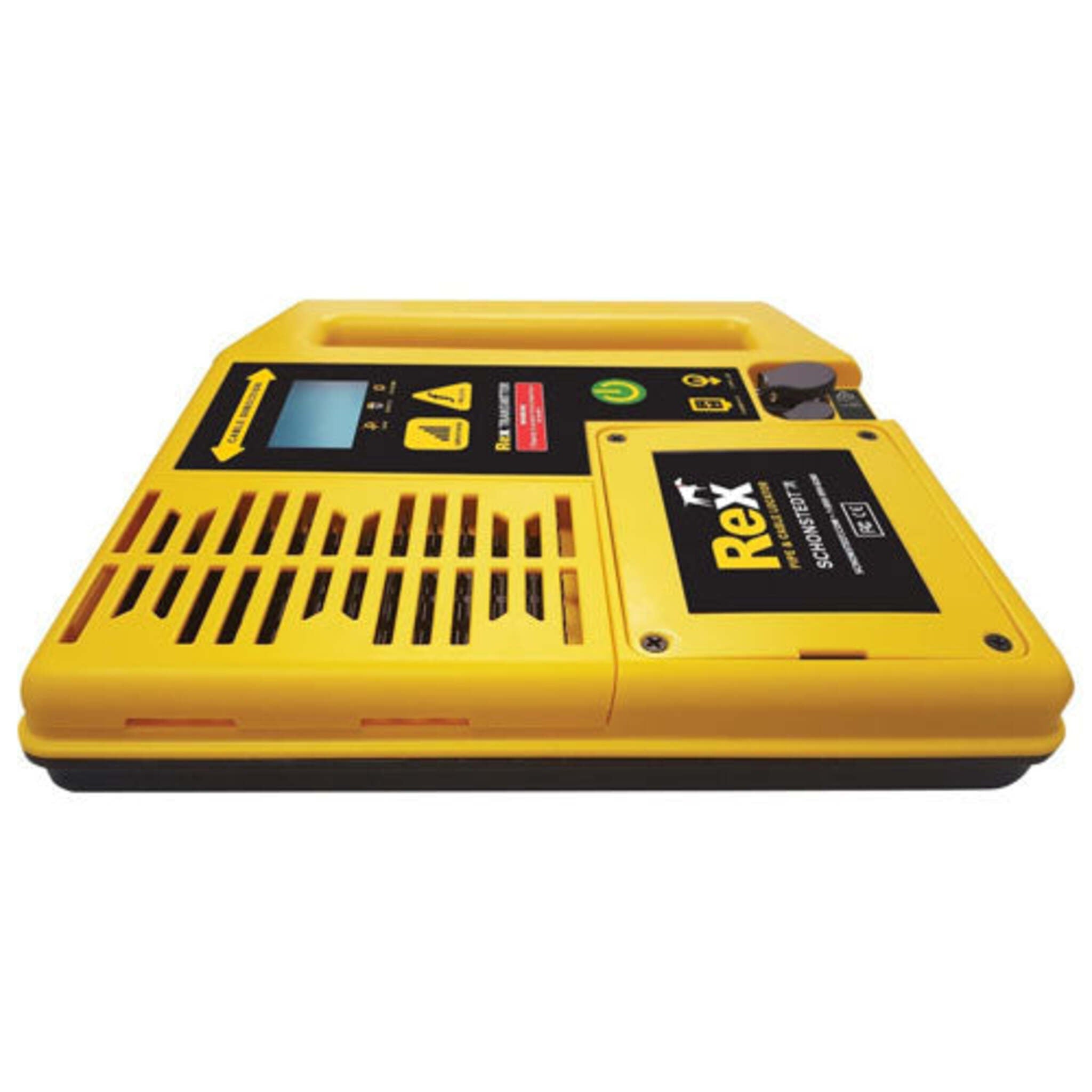Categories
- Shop All (5679)
-
-
- Hi-Vis Chainsaw Safety (14)
- Hi-Vis Coveralls and Overalls (25)
- Hi-Vis Hoodies and Shirts (49)
- Hi-Vis Jackets (35)
- Hi-Vis Pants (21)
- Hi-Vis Rain Wear (47)
- Hi-Vis Vests (51)
- Winter Hi-Vis Bombers and Parkas (25)
- Winter Hi-Vis Coveralls and Overalls (22)
- Winter Hi-Vis Hoodies (4)
- Winter Hi-Vis Pants (3)
- Winter Hi-Vis Vests (6)
-
- Bib Overalls (10)
- Bombers and Parkas (16)
- Coveralls and Overalls (18)
- Disposable Garments (12)
- Flannel and Plaid Work Shirts (20)
- Heated Work Wear (7)
- Hoodies and Sweaters (11)
- Industrial Rainwear (49)
- Pants and Shorts (60)
- Shirts and Sweaters (33)
- Thermal Underwear (41)
- Vests (17)
- Work Jackets (75)
-
-
-
-
- Brooms (2)
- Dust Mops (0)
- Dust Pans and Brushes (4)
- Flow Thru Tools (2)
- Microfiber Mops (0)
- Pool and Tank Tools (2)
- Scrubbers and Scrapers (1)
- Soap and Sanitizer Dispensers (0)
- Sprayers (1)
- Squeegees (1)
- Toilet Brushes and Plungers (3)
- Trash Cans & Bags (8)
- Wet Floor Signs (0)
- Wet Mops and Buckets (5)
-
- Bars and Prying Tools (21)
- Bolt Cutters and Shears (18)
- Chisels and Punches (9)
- Combination Hand Tool Sets (12)
- Extractors (13)
- Files (6)
- Gear Pullers (14)
- Hammers and Mallets (14)
- Hand Saws (22)
- Hex Keys (12)
- Layout and Distance Lasers (1)
- Marking Tools (1)
- Measuring Tools (26)
- Pliers (57)
- Precision Measuring and Testing Tools (24)
- Propane Torches (8)
- Screwdrivers and Nutdrivers (22)
- Sockets (66)
- Tap and Die Sets (11)
- Tool Boxes (27)
- Utility Knives (15)
- VDE Tools (7)
- Wire Cutters and Strippers (14)
- Wrenches (22)
-
- Beveling and Deburring (17)
- Curb and Valve Keys (20)
- Drilling and Tapping (12)
- Extended Impact Sockets (3)
- Flaring and Rerounding (7)
- General Pipe Working Tools (23)
- Guillotine Pipe Cutters (2)
- Hydrostatic Test Pumps (12)
- Internal Pipe Cutters (6)
- Manhole Testing (4)
- PE Peelers (8)
- Pipe Reamers (4)
- Pipe Threading (17)
- Pipe Wrenches (24)
- Plastic Pipe Joint Kits (4)
- Plastic Pipe Saws (5)
- Power Drive (13)
- Quick Release Cutters (15)
- Ratchet Shears (9)
- Ratcheting Wrenches (12)
- Rotary Cutters (3)
- Shut Off Tools (9)
- Soldering Torches (3)
- Vises (7)
-
- Angle Grinders (6)
- Batteries and Chargers (18)
- Bench Grinders (7)
- Circular Saws (3)
- Combo Tool Kits (10)
- Cordless Fans (6)
- Cordless Lighting (15)
- Cut Off Saws (4)
- Drills and Drivers (8)
- Grease Guns (3)
- Impact Drivers (5)
- Jobsite Radios and Speakers (8)
- Lifestyle (7)
- Mitre Saws (2)
- Reciprocating Saws (4)
-
- Angle Grinder Wheels and Brushes (23)
- Bench Grinder Wheels (7)
- Circular Saw Blades (11)
- Drill and Driver Bits (26)
- High Speed Gas Saw Blades (3)
- Holesaws (11)
- Impact Sockets (25)
- Jig Saw Blades (2)
- Oscillating Multi Tool Blades (1)
- Portable Chop Saw Blades (4)
- Power Tool Storage (5)
- Reciprocating Saw Blades (8)
-
-
-
-
- Air Fresheners (2)
- All Purpose Cleaners (19)
- Bowl and Washroom (8)
- Coffee and Breakroom (19)
- Degreasers (3)
- Dishwashing (4)
- Disinfectants and Sanitizers (1)
- Drain Openers (7)
- Hand Cleaners (10)
- Laundry Cleaners (10)
- Paper Products and Wiper Rags (24)
- Scale Removers (4)
- Urinal Pucks and Liquids (5)
- Wet Wipes (2)
-
-
- Ball Valves (13)
- Black and Galvanized Steel Fittings (16)
- Bronze Pipe Fittings and Nipples (13)
- Butterfly Valves (4)
- Check Valves (18)
- Flexible Connectors (4)
- Gate and Globe Valves (5)
- Knife Gate Valves (9)
- Pipe Fitting Accessories (4)
- Schedule 80 PVC Fittings (27)
- Stainless Steel Fittings and Valves (24)
- Victaulic Grooved Fittings (23)
Schonstedt - Pipe & Cable Locators
7 products
Showing 1 - 7 of 7 products


Maximize Your Efficiency with a Schonstedt Pipe & Cable Locator
A Schonstedt pipe and cable locator uses a smart transmitter and receiver system to find the exact location and depth of underground utilities. These can be anything from water lines and gas pipes to electrical and telecom cables. Professionals around the world trust these tools because they are precise, tough, and simple to use. Using one helps boost safety on the job, prevents expensive damage, and makes fieldwork much smoother for utility crews, contractors, and engineers.
Why Choose a Schonstedt Locator?
A Schonstedt locator gives you a clear picture of what’s underground, helping you avoid accidentally hitting a utility line during digging or maintenance. Built to last in tough field conditions, these pipe and cable locators combine a durable design with modern technology to give you quick and dependable results. Their user-friendly layout makes the task of finding buried pipes and cables straightforward, which improves both safety and efficiency on any job site.
Feel free to browse our selection of Schonstedt equipment at our Canadian warehouse or take a look at the popular options below.
Schonstedt u-LOCATE+ Pipe & Cable Locator
The Schonstedt u-LOCATE+ is a durable and easy-to-use tool made for construction and excavation pros. It’s designed to accurately find buried utilities, cutting down the risk of costly mistakes and safety issues. This Schonstedt pipe and cable locator features advanced detection technology that gives you an instant depth reading and can even help tell different types of utilities apart, delivering accurate results no matter the weather. Its simple controls, tough ABS casing, and waterproof design ensure it performs reliably on even the most demanding job sites. With multiple frequencies and a battery that lasts up to 20 hours, the u-LOCATE+ brings safety, efficiency, and peace of mind to your underground work.
Schonstedt Multi-Frequency Pipe & Cable Locator - Transmitter Only
This Schonstedt Multi-Frequency Pipe & Cable Locator transmitter features an ultralight design with rechargeable NiMH batteries and offers versatile performance across three operating frequencies with conductive, inductive, and inductive clamp modes. It delivers up to 5 W output power, supports 8 hours of intermittent use, and recharges via an internal smart charger with AC/DC power input. Compact and durable, it measures 10” x 10.25” x 1.75”, weighs 3.5 lbs, operates in temperatures from -4°F to 140°F, includes LED backlighting, and carries an IP54 water and dust resistance rating.
Schonstedt Multi-Frequency Pipe & Cable Locator - Receiver Only
The Schonstedt Multi-Frequency Pipe & Cable Locator Receiver is an ultralight, compact, and portable. It was designed for utility locating professionals across water, sewer, gas, electric, and telecom industries. Featuring multi-frequency versatility with active modes at 512 Hz, 33 kHz, and 82 kHz, passive detection at 50/60 Hz, and 512 Hz sonde mode, it ensures reliable performance in diverse conditions. Built with a retractable design for easy carrying, it weighs just 2.8 lbs, runs up to 12 hours on a single 9V battery, and operates within a wide temperature range of -4°F to 140°F. With IP54 water and dust resistance, it offers depth capabilities of up to 19 feet and 5–15 feet in sonde mode, making it a durable and efficient tool for professional locating tasks.
FAQs
1. What frequency should I use on my pipe and cable locator for finding utilities over a long distance?
For tracing a line over a long distance with your Schonstedt pipe locator, it's best to use low frequencies (usually under 8 kHz). These signals travel farther along metal pipes or wires and are less likely to "jump" onto other nearby utilities. Lower frequencies give you a clearer, more focused path but work best with a good connection and grounding. Higher frequencies (33 kHz and up) are better for shorter distances or for finding lines that are damaged or don't conduct well.
2. Why does my locator give confusing readings in areas crowded with utilities?
Confusing readings in crowded areas often happen because the signal from your Schonstedt locator can bleed over from your target utility to other lines that are close by. To avoid this, switch to a lower frequency, try sweeping the area from a few different angles, and adjust the sensitivity (gain). If you can, tracing the utility from a known starting or ending point also helps. Some locators even have technology that points you in the direction of the correct signal to help clear up confusion.
3. How deep can a pipe and cable locator accurately find utilities?
Most professional-grade locators can accurately find metal utilities buried 10 to 20 feet deep. However, the exact depth depends on things like the soil type, what the pipe or cable is made of, and the signal's strength. In perfect conditions, some low-frequency signals might reach even deeper. But in rocky, dry, or sandy soil, the detection depth might be less. Signals you pick up passively (without the transmitter) usually don't go as deep as active ones.
4. Can I use a Schonstedt pipe and cable locator when the ground is wet or frozen?
Yes, you can. A Schonstedt pipe and cable locator generally works fine in wet or frozen ground, but conditions can affect performance. Wet ground can sometimes help the signal travel better along metal lines, but ice or dense frozen soil might weaken the signal. The most important thing is to make sure your transmitter has a solid ground connection and that your equipment is rated for use in wet conditions.
5. Does my locator need to be calibrated or serviced?
Modern locators are built for minimal upkeep, but it’s a good idea to have your Schonstedt locator checked and calibrated regularly to ensure it stays accurate. Before each job, you should quickly check the cables, connectors, and batteries. After you’re done, clean the equipment. It's also smart to periodically test its accuracy on a utility line where you already know the location and depth. Some models even have a built-in self-test feature.











